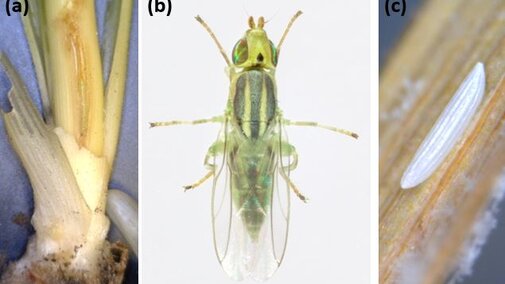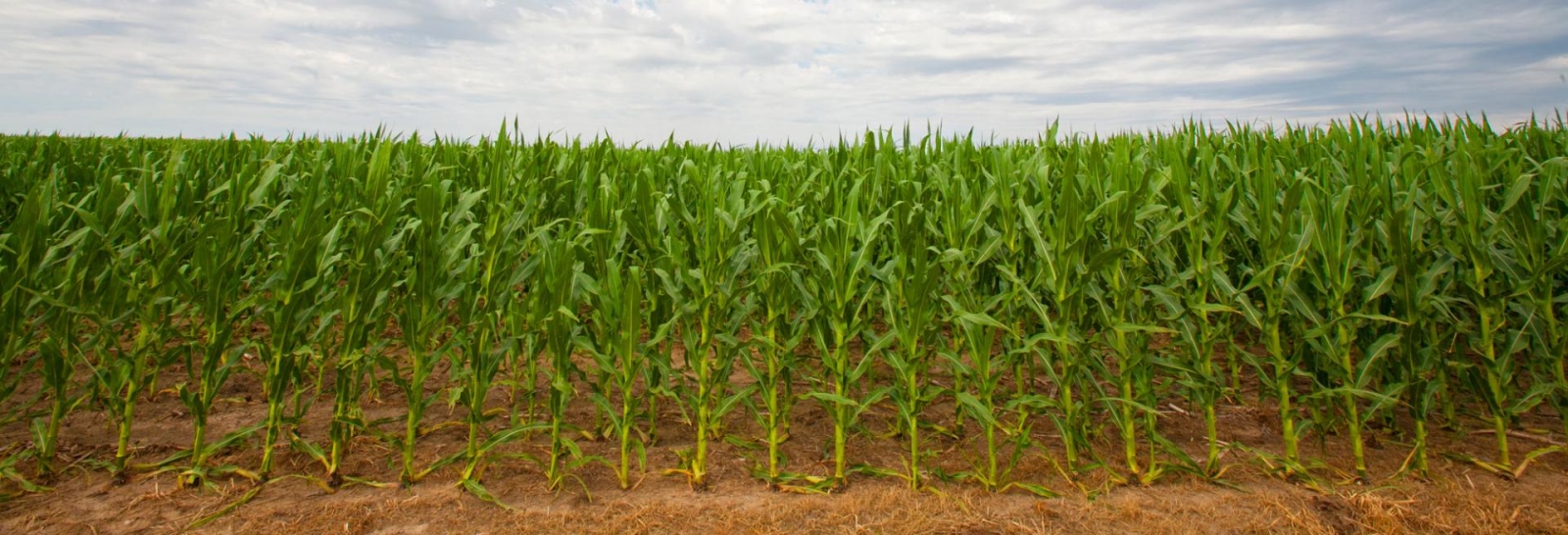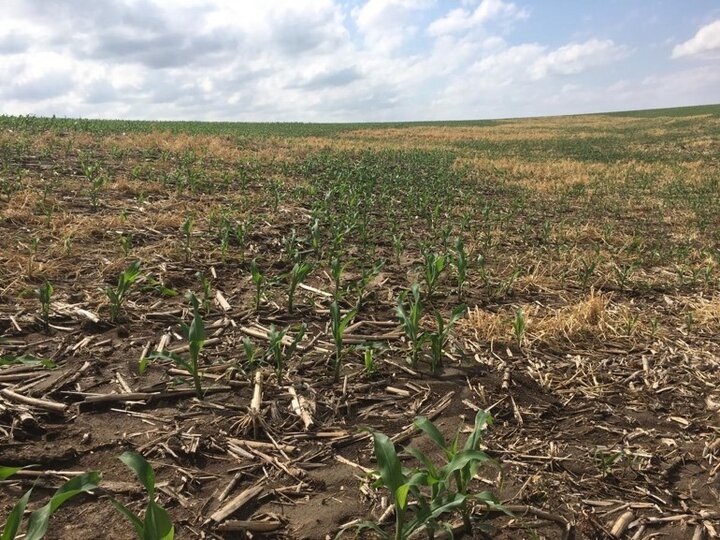
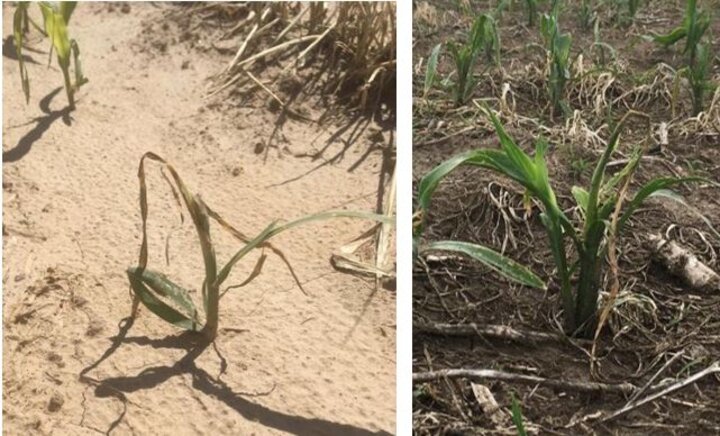
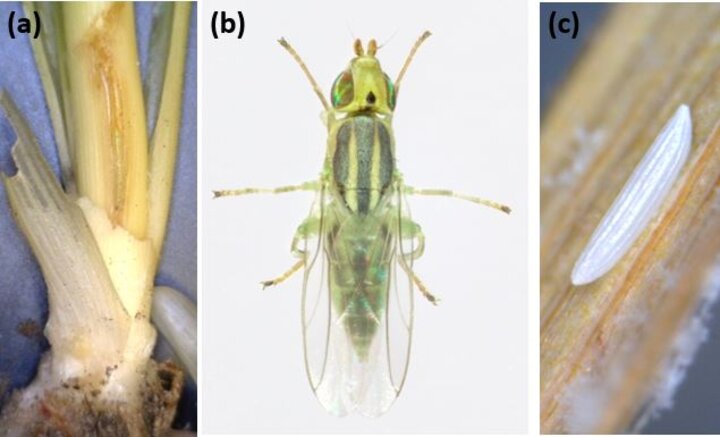
Cover crops are becoming increasingly popular in crop production systems as a means to reduce soil erosion, increase soil organic matter, conserve nitrogen, and suppress weeds. Integration of cover crops into a cropping system can potentially alter insect activity and abundance by
- increasing beneficial insects (predators, parasitoids),
- harboring potential pests that may damage the subsequent cash crop, and
- creating new pests as a result of a green bridge between a cover crop and cash crop.
Insect pests that have been associated with cover crops include
- green cloverworm,
- Japanese beetle,
- bean leaf beetle,
- stink bugs,
- true armyworm,
- black cutworm,
- seed corn maggot, and
- wireworms.
Beneficial insects reported in cover crop studies are
- ground beetles,
- lady beetles,
- hover flies, and
- spiders.
Insect activity and impact on a subsequent cash crop is complex due to the interaction of a number of different factors such as
- cover crop species, planting date, and method of termination;
- timing between termination of cover crop and planting cash crop;
- environmental conditions; and
- cropping history.
In 2017, wheat stem maggot was found damaging early-season corn planted into wheat or rye cover crops in central and eastern Nebraska.
- In all cases, damaged fields had a cover crop that was still alive at the time of corn planting
- In some cases, small portions of fields were planted to a cover crop (Figure 1). In such situations, infested and damaged plants were confined to these areas occurring within 1-2 feet of the cover crop.
- From 2% to 30% of corn plants in fields were damaged, showing dead heart symptoms (Figure 2a) and excessive tillering (Figure 2b).
- Dissection of damage plants revealed larvae ranging from 3-6 mm in size (Figure 3a).
- Whole plant samples were collected and larvae were reared to adult for species identification.
- Little to no information is available on wheat stem maggot in cover crops.
- Greenhouse studies on corn infested with wheat stem maggot adults (Figure 3b) and eggs (Figure 3c) have not resulted in significant damage to corn plants, suggesting that infestation occurred as a result of larval movement between cover crop and corn.
